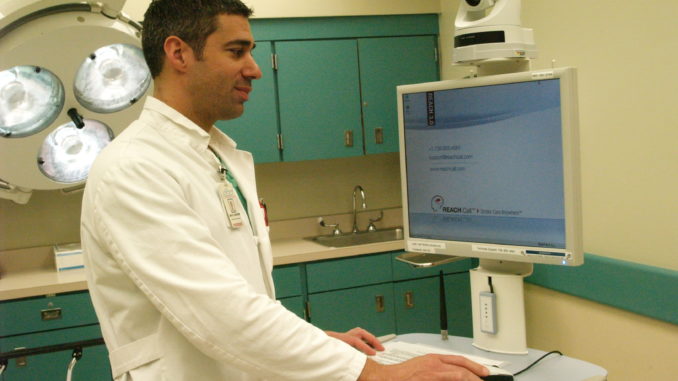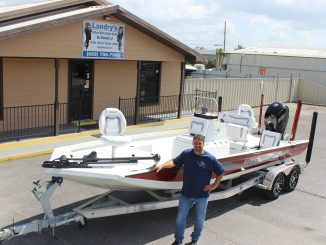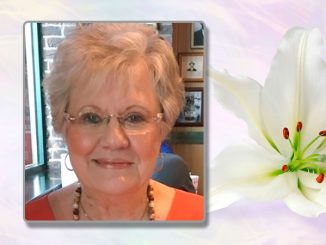
Thanks to advancements in technology, stroke patients at St. Charles Parish Hospital can now be seen, and treated, by a neurologist with a click of the keyboard.
The procedure, called stroke telemedicine, allows the specialist, who may be hundreds of miles away, to examine a stroke patient via videoconferencing. Studies have shown that this evaluation is just as effective as one that is performed with a neurologist in the room.
St. Charles Parish Hospital began their stroke telemedicine program in late January and has used it eight times to diagnose and treat patients. When stoke occurs, and one does every 45 seconds in the U.S., according to the American Heart Association, the first three hours are critical if a patient is going to survive and have a chance at a normal life.
Since St. Charles Parish does not regularly have a neurologist on call, the telemedicine program is extremely important because it keeps patients from having to drive to New Orleans.
“With acute ischemic stroke, you have a three-hour window to start certain medicines and treatments to help the patient,” Dr. Brent Giuffre, the director of emergency medicine at the hospital, said. “In fact, minutes count, so it’s important that residents can come to our hospital and be immediately seen by a neurologist.
“This program allows that to happen by connecting us with a neurologist that Ochsner has on call in another area.”
Ischemic stroke is caused by a blockage in a blood vessel that stops the flow of blood and deprives the surrounding brain tissue of oxygen. In the absence of oxygen, the brain cells in the immediate area begin to die and release a cascade of toxic chemicals that threaten brain tissue in the surrounding area – the ischemic penumbra.
The central goal in treating acute ischemic stroke is to preserve healthy brain tissue surrounding the blockage.
When a patient presents with the symptoms of acute ischemic stroke, a stroke protocol is initiated that includes bringing the patient into an examination room that has an advanced web cam hooked up to a computer. When the computer is activated, it automatically connects to the laptop of a neurologist on call at Ochsner.
“I talked to one doctor who was at a conference in Las Vegas when his laptop was activated,” Giuffre said. “In a matter of minutes, he could see the CAT scan results and view the patient sitting in front of the camera.”
The neurologist sits in a room with a specialized computer that allows the doctor to see the patient and view the CAT scan of the patient’s head. The consulting physician has far-end camera control and can pan, tilt and zoom the camera to get a better look at the patient. All of the participating hospitals use the same imaging technology, which makes it easier to send high-resolution images taken at the member hospital with the consulting neurologist.
While reviewing the CAT scan, the neurologist can ask nurses or doctors in the patient’s room to act as his “hands” and examine the patient. Once the patient is examined, the specialist can provide the necessary treatment.
It also helps doctors at St. Charles Parish Hospital decide whether a patient needs to be transferred to another facility, or remain at St. Charles for treatment.
Telemedicine is not limited to stroke treatment, however, and there are discussions of using the technology to treat other patients as well.
“It’s really not limited to neurology,” Giuffre said. “Who knows where we will be in 10 years time, but I can tell you that technology in the medical field advances rapidly.”




Be the first to comment